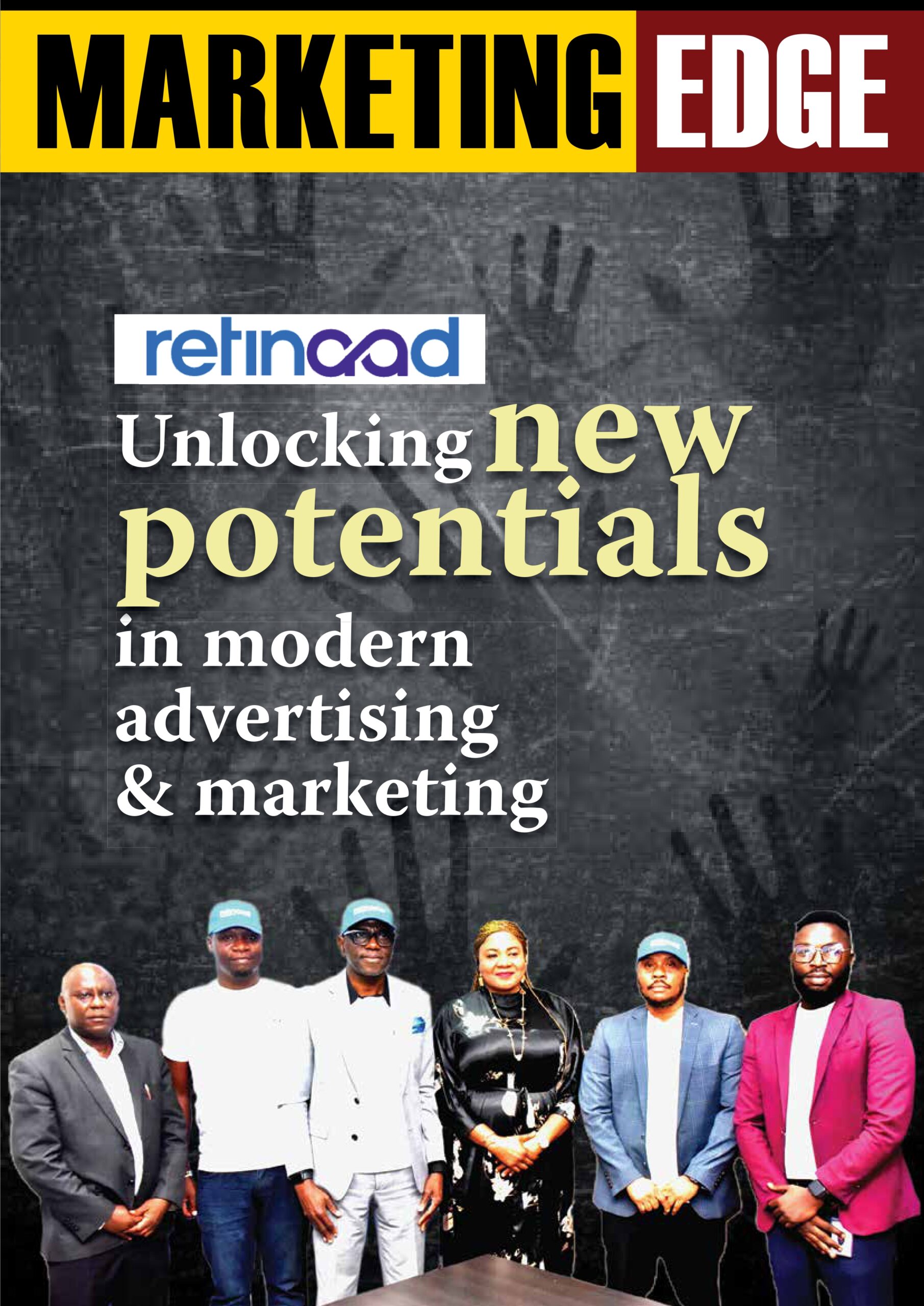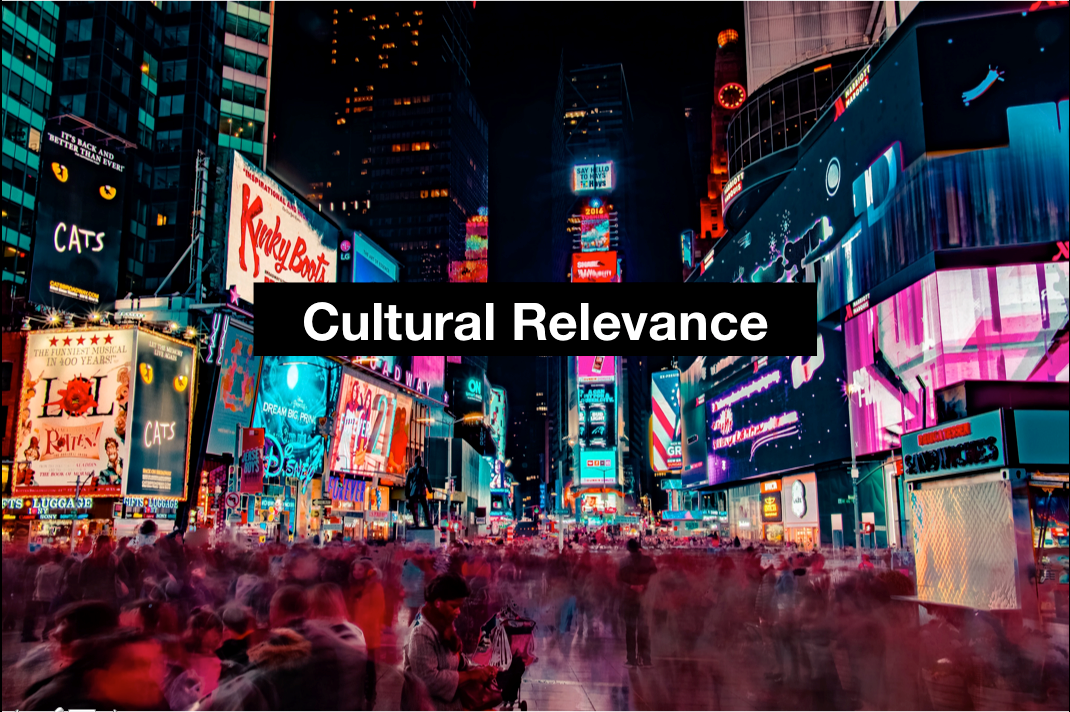After years of economic contraction, the marketing industry now sees a cautious confidence resurgence. Marketing departments finally breathe again. CFOs loosen their purse strings, and budgets rebound. Beneath the figures, however, a deeper question lies: Are we buying time or investing in the future?
New business data indicates that a big part of the advertising budget recovery goes to temporary media. Think about performance-heavy ad buys, influencer sprints, and quick paid social bursts. These strategies aim for immediate, measurable results, fitting well in boardrooms focused on numbers. Still, they reveal a troubling truth: we prioritize speed over careful thought.
The Allure of the Short-Term
It’s easy to see why short-term media leads the recovery. These channels are fast, flexible, and have clear ways to track results. In tough economic times, they offer comfort in numbers—more clicks, conversions, and a brief glow of success.
However, we often trade long-term value for short-term gains. When we do this, we risk confusing visibility with real life and aiming for fleeting attention. As a result, the brand’s story breaks apart, consumers remember it less, and retargeting becomes more important than real loyalty.
CFOs Want Certainty, CMOs Want Vision
The recovery also highlights a growing conflict between marketing and finance. Driven by data, CFOs often ask for proof of performance each quarter. In contrast, CMOs know that building real brand equity takes years, not just weeks. This creates a tug-of-war that shapes brand paths as well as budgets. In this setting, marketing increasingly becomes a numbers game. Yet, the world’s most valuable brands built themselves on consistency, cultural influence, and emotional connection, not just efficiency.
What Are We Risking?
When budget rebounds focus only on quick sales tactics, we risk more than just an overblown media plan. We face the chance of:
- Brand erosion, as generic ads replace compelling stories.
- Consumer exhaustion, from constant pursuit without real connection.
- Internal short-sightedness, when teams lose the ability to think long-term.
If we are not careful, we risk starting a cycle where short-term success acts as the ceiling, not the base for growth.
Building Smarter, Not Faster
The answer is not to give up on performance media; instead, we need to balance the mix. As funds return, balance should also be a goal. Now is the time to:
- Spend money again on ads that build your brand and tell a good story, not just make quick sales.
- Use media methods that value both quick responses and meaningful connections.
- Teach internal stakeholders how long-term brand value builds lasting wealth.
Ultimately, marketing is not just about what works now. It’s about things that will still matter in five years.
ALSO WATCH: MARKETING EDGE ONTV







Comment
No comments found.